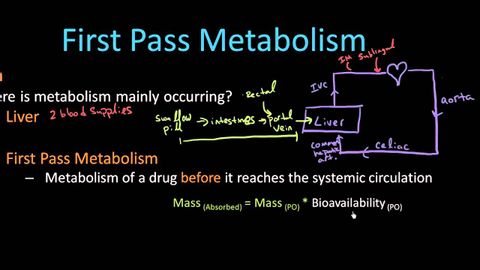第一志望校合格 代謝学-薬理学講義6 (First Pass Metabolism - Pharmacology Lect 6)
Yu Syuan Luo が 2021 年 01 月 14 日 に投稿  この条件に一致する単語はありません
この条件に一致する単語はありません- n. (c./u.)物質;集団;主部 : 本体;身体
- n. (u.)弾力性
- v.t.手渡す;(経験の機会などを)与える;行う;許可する;引き起こす;寄付する
- v.i.屈する
- n. (c./u.)口;開け口;河口
- v.i.口だけ動かして言う : 口の形だけで言う
US /rɪˈmɛmbɚ/
・
UK /rɪ'membə(r)/
- v.t.(特別な日の)贈り物をする;覚えている;思い出す;覚えておく;よろしく伝える
エネルギーを使用
すべての単語を解除
発音・解説・フィルター機能を解除

